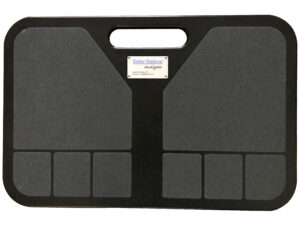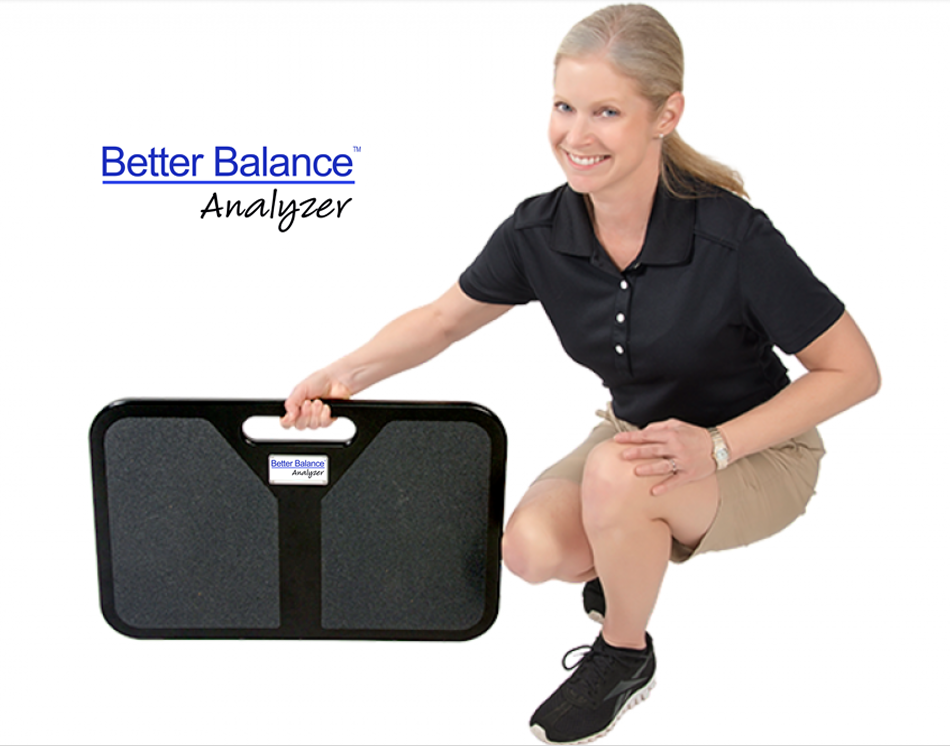Why Balance Assessment Platforms are Essential as the Prelude to VNG Testing
Balance Assessment Platforms Reduce Subjectivity
Recently on a training conference call, a question arose of why a balance assessment platform is necessary? Why not simply have the individual complete a balance assessment questionnaire and then proceed to VNG testing based on the answers? Or perhaps a Tinetti gait and balance assessment or at the very least a sit-stand test?
Balance assessment platforms are an essential component because they reduce subjectivity. They are a screening tool that utilizes an objective physical assessment and provides an individualized, computer-generated report. When a subject is analyzed as part of an annual wellness exam or at an event such as a health fair for seniors, the balance platform evaluation can provide the objective data that would indicate that an individual is at a higher risk of falling. At this point, a comprehensive balance questionnaire would be completed by the subject. Depending on the answers, a full battery of VNG testing may be recommended.
When subjects only complete a balance assessment questionnaire, it relies on the answers they give being accurate and consistent. But that isn't always the case. The individual may answer differently depending on what the situation that day is. As an example, when asked, "Do you feel lightheaded? Dizzy? Do you have neuropathy? What medications are you taking?" The answers to these questions may be dependent based on how they feel on that particular day. When a balance assessment platform test is administered, the subjects are not likely to inadvertently circumvent the software analysis, it will record their data without the subjectivity of their answers.
Subjective tests such as the Tinetti gait and balance assessment and sit-stand test are reliant on a human assessment of the subject. This can result in drastically different results based on observations by one individual compared with another.
What is the general overview for Falls Risk Assessment (FRA)?
The subject is asked to stand on the balance plate without shoes to undergo a series of tests with their eyes open and eyes closed on both a smooth and perturbed surface. Depending on the sway factor and other indicators, the balance assessment software will produce a percentage based on normative data based on age and so forth. This is part of the Falls Risk Assesment (FRA). If the subject's results indicate a low risk of fall, they can be reevaluated at a future date. If a moderate or high risk of fall is indicated, then a referral for further testing may be warranted. The computerized assessment is the bridge between a subject who may be at risk of falling but hasn't yet been referred for a complete battery of VNG testing.
For more details on Fall Risk Assessment, please refer to Balance Assessment Platforms.
If you have questions, please contact Secure Health, Inc. We look forward to hearing from you.
Lana Scherer
Marketing Director, Secure Health, Inc.
premiumvng@gmail.com


